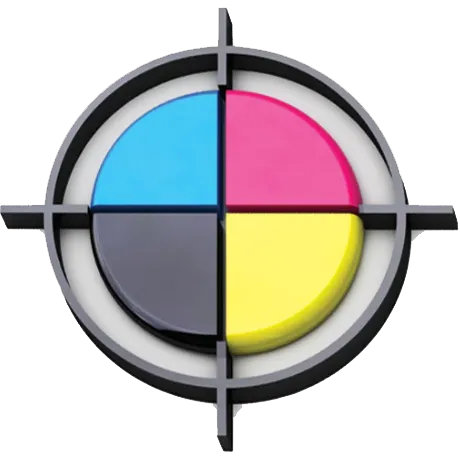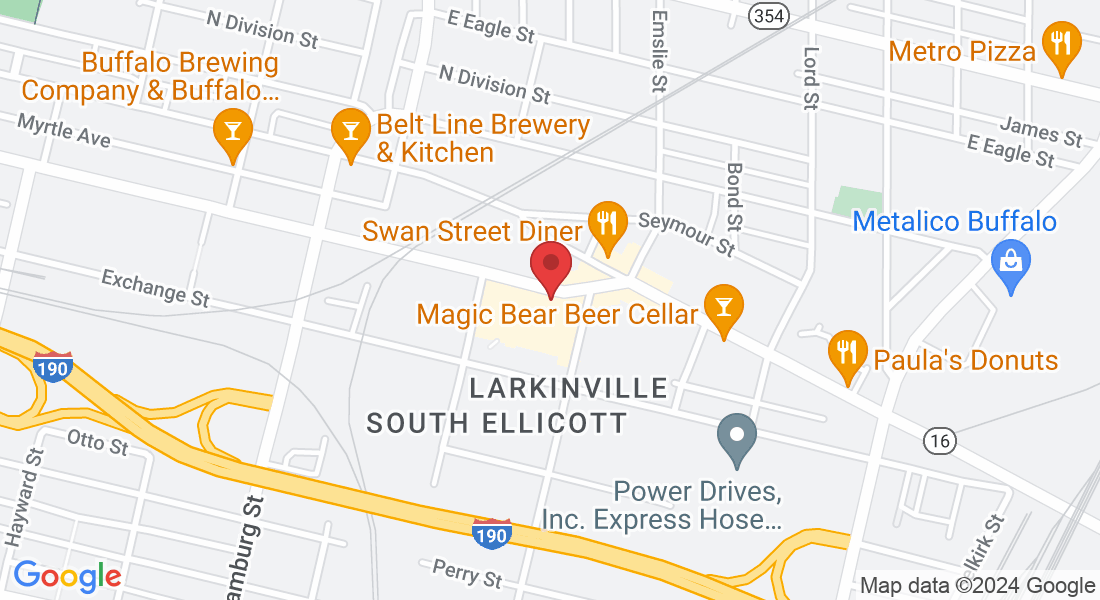BLOG

How to Estimate the Amount of Paper for Document Scanning
Figuring out how much paper you need to scan might sound tricky, but it’s actually pretty simple once you know how much paper fits into common storage containers. Take the trusty banker box, for example — that classic 10" x 12" x 15" box you’ll find stacked in just about every office. On average, one of these boxes holds around 2,200 sheets of paper if it’s filled with about 100 folders. Those folders take up space, so if your boxes are packed mostly with loose paper, you could be looking at anywhere from 2,500 to 2,700 sheets per box. That makes banker boxes a great starting point for estimating how much paper you have to scan.
When you’re trying to get a more precise estimate, there’s a simple formula to follow. First, figure out the total length of your paper in inches or feet. Then, determine how many sheets fit into each inch or foot; usually about 1,800 sheets per linear foot. Multiply those two numbers together, and you’ll have a good idea of how many pages are waiting to be scanned. It’s an easy way to plan your scanning project without having to count every single sheet.
If your files are stored in vertical cabinets, things are just as straightforward. Most vertical file cabinets are 18 to 26 inches deep and come with two, four, or five drawers. A five-drawer cabinet that’s 26 inches deep gives you about 10 linear feet of storage space. That means if you’ve got five of those cabinets, you’re sitting on roughly 50 linear feet of paper — which works out to about 90,000 sheets. That’s a lot of scanning!
Lateral file cabinets are another common place where paper tends to pile up. They’re wider — typically 30 to 42 inches — and can have up to six drawers. Measuring how much paper they hold follows the same idea: calculate the total drawer space in feet and multiply by the sheets per foot. For instance, a four-drawer, 36-inch-wide lateral cabinet might hold around 21,000 sheets, depending on how snugly things are packed inside.
Large-format documents like blueprints, engineering drawings, and architectural plans are a different story. These are usually printed on thicker or specialty materials like vellum or coated paper, which means they take up more space. Instead of using the standard 1,800 sheets per foot estimate, large-format paper is typically measured at around 125 sheets per inch. It’s a helpful adjustment that gives you a more accurate idea of how much scanning those oversized materials will require.
Once you understand these basic measurements, estimating your total scanning volume becomes a breeze. Whether your documents are tucked away in banker boxes, file cabinets, or rolled up in a drawer somewhere, knowing how many feet or inches of paper you have — and how many sheets fit per unit — makes it easy to plan your project. With a little measuring and some quick math, you’ll have a clear picture of just how much scanning work lies ahead.
Copyright © 2024. QLS Solutions Group. All Rights Reserved | Terms & Conditions | Privacy Policy






